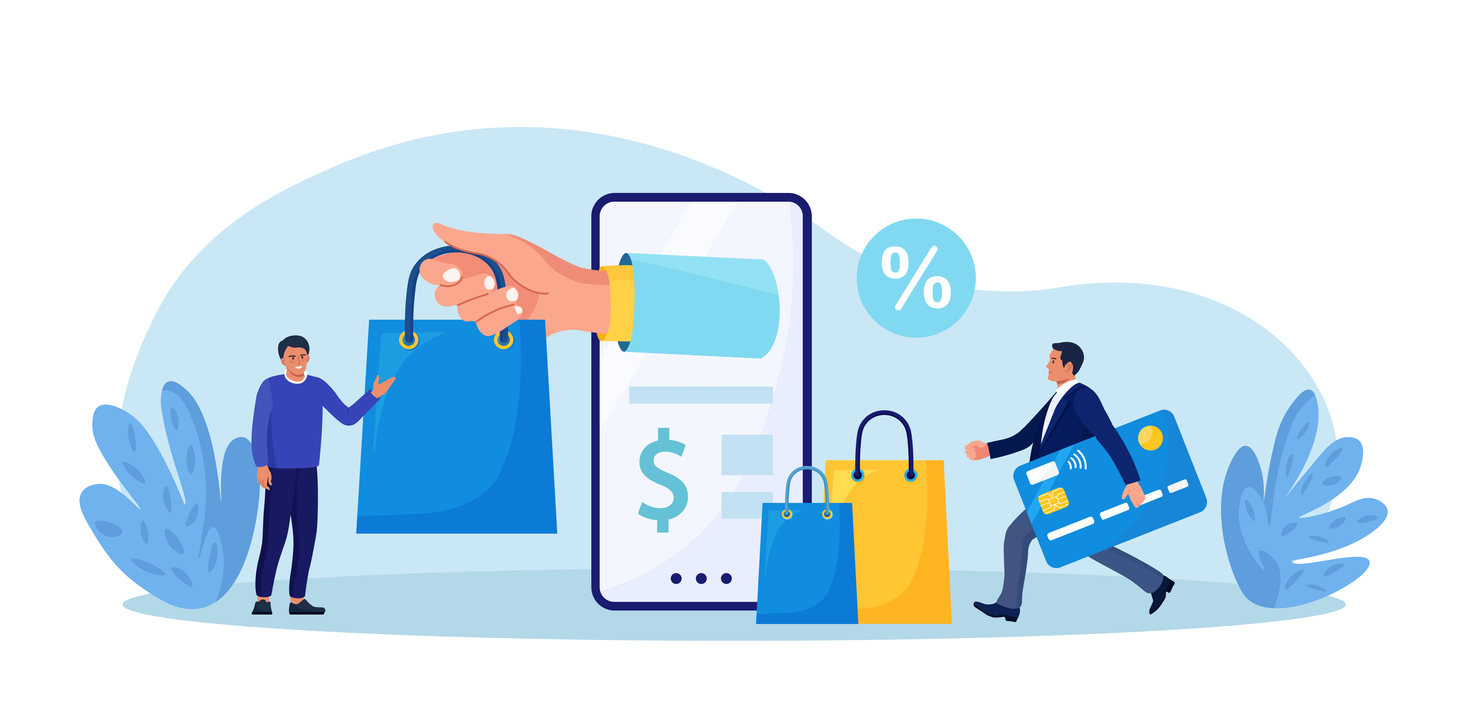Can Selling on Amazon Increase Your Shopify Success?

Amazon is the world’s most popular online marketplace, accounting for 20% of global online shoppers. For eCommerce retailers, the lure of selling on the platform promises distinctive advantages and a likelihood of increased sales. Nearly as ubiquitous as smartphones in the modern age, Amazon is a trusted site known by practically all consumers.
There’s no doubt selling on Amazon has perks. But, as a successful direct-to-customer (D2C) eCommerce brand, you may have reservations about making such a major change as moving your sales. After all, there’s a substantial learning curve. You won’t have the same control you enjoy with Shopify or a personal eCommerce site. But in a constantly changing landscape, maximizing your online presence is crucial.
Not sure if combining Shopify and Amazon is the right approach for your eCommerce business? You’re not alone. At Future Holidays, we specialize in creating eCommerce websites, and the value of Amazon in addition to D2C platforms is a topic that often comes up with our clients. Let’s explore the pros and cons of selling on Amazon for Shopify merchants.
Pros of Selling on Amazon for D2C eCommerce Merchants

While eCommerce is a firmly established sector, it’s constantly growing and changing. As such, it’s crucial to remain agile and harness strategic relationships that give you the most selling power. Selling on Amazon is one way to extend your reach to target new leads and increase conversions.
These benefits make using Amazon and Shopify together a popular choice:
Access Amazon’s Customer Base
The scale of Amazon’s popularity is undeniable. Over 2 billion shoppers visit the platform each month, and 61% of US consumers begin their product search on Amazon. This traffic can translate into many more eyes on your product, ultimately leading to higher sales volumes.
Get a “Buy with Prime” Button
When you expand your products to Amazon, you get the added advantage of providing your customers with an additional, more convenient payment option. Integrate the “Buy with Prime” button into your existing Shopify checkout and automatically match your existing theme with no changes to the shopper experience.
Why is this a game-changer? Eighty-nine percent of consumers are likelier to buy products from Amazon than from other eCommerce sites. There are many reasons for the preference, but it basically boils down to trust and convenience. When shoppers can shift to Amazon to make a purchase, there’s no need to enter shipping and payment information, making checkout effortless. For the 71% of Amazon shoppers who are Prime members, the benefits extend to fast and free shipping, sweetening the pot even more.
Besides adding the button to product pages, the Amazon purchase option can also be added to major site billboards like the homepage hero banner, menu, and footer, allowing customers to explore your products on a site they’re already familiar with.
Use Amazon’s Fulfillment Network
Fulfillment by Amazon (FBA) enables you to help recoup some of the costs you’ll encounter when adding a new platform to your sales strategy. The program allows you to store your products in Amazon’s fulfillment centers and pass along the responsibilities of packing and shipping. This saves you time and money by decreasing shipping and inventory costs and giving customers more incentive to buy because of faster shipping.
Increase Conversions
Amazon is a trusted marketplace with billions of loyal customers. The well-known name invokes a sense of security for consumers who are uncertain about the safety of online shopping. As such, the ability to purchase your products on Amazon can increase consumer confidence, leading to more conversions. This could be why the “Buy with Prime” feature has the potential to increase shopper conversion by 25% on average.
Cons of Selling on Amazon for D2C eCommerce Merchants
While the integration of Amazon and Shopify makes it easier than ever for merchants to expand their sales reach, uploading your products to a new platform requires substantial effort. Before establishing your position as an Amazon seller, it’s a good idea to learn about the less enjoyable encounters you may have when selling on Amazon and Shopify.
Lower Net Revenue per Item
Nothing in the business world is free, and selling on Amazon is no exception. Several factors can affect your profit margins for each new product you post. Your individual costs will vary depending on your product category and individual choices, but you can expect these basic platform fees:
- Fulfillment Fees: Handling fees are based on the dimension and weight of the product.
- Amazon Ads: Advertising on Amazon can be more costly for products with a lot of competition.
- Referral Fees: A percentage of every sale goes to Amazon for use of the marketplace.
Changing SEO for Multiple Listings
If you’re already accustomed to selling products on Shopify, your SEO tactics align with Google’s algorithm. Since Amazon is a singular marketplace, the platform has its own search engine with an original algorithm. To rank as high as possible on Amazon SERPs, you may need to do extra keyword research for each product listing when selling on Amazon and Shopify.
Syncing Inventory
Amazon is a second sale point. Depending on your operations, both sites may draw from the same inventory. If they don’t sync with one another, you could experience stocking issues that undermine buyer confidence. The inability to meet buyer demand could cost you customers on both platforms.
Combining Shopify and Amazon for Increased Sales and Recognition
By selling on Amazon and Shopify, you can use your branded store in conjunction with Amazon in a way that they complement each other to create a seamless shopping experience. You can attract customers on both sites and tap into the power of consumer trust in Amazon to build brand recognition. Still, expanding your product line to a second platform is a big step for a business of any size.
At Future Holidays, we help eCommerce brands grow their revenue and build stronger customer relationships. We’re here to guide you through every step, from web design to building and growing your site. Seeking advice about expanding your D2C eCommerce sales to Amazon? Let’s talk!


